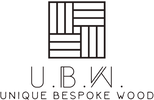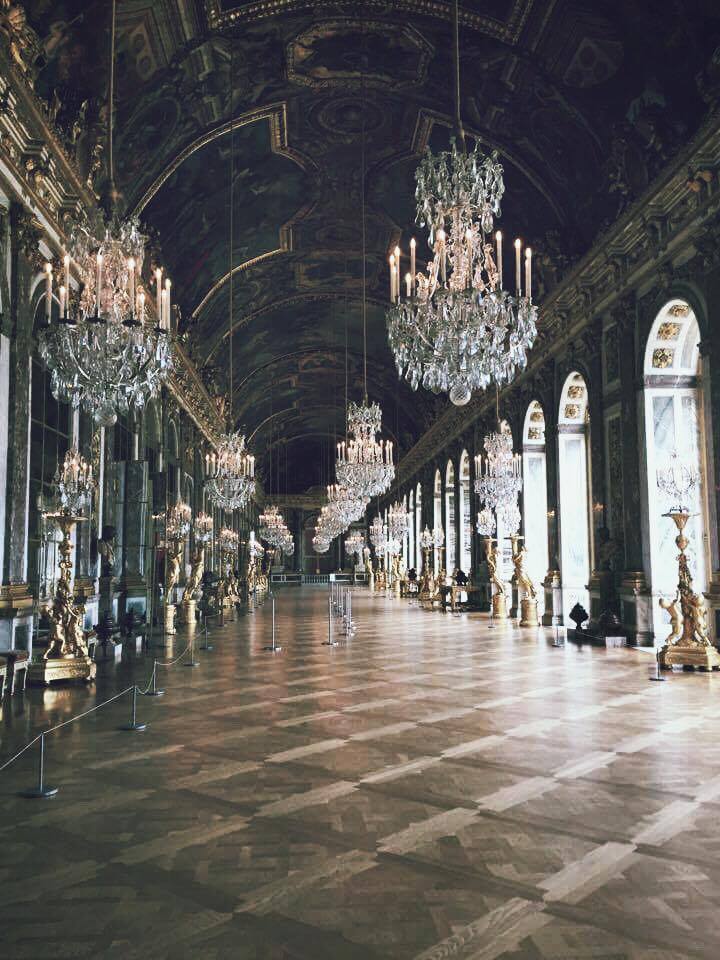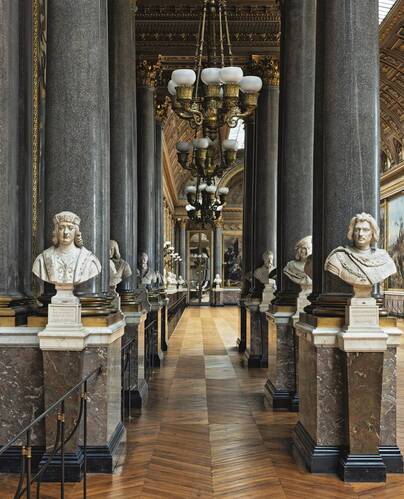|
From the opulent and extravagant interiors of France's mansions and castles, to the refined and exquisitely inhabitable Hausmannien apartments of Paris, there is a charm to French design that means it never goes out of fashion. What other design style can boast such a perfect melding of elegance and comfort? What other has given us something so iconic and transformative as Versailles parquet or chevron parquet wood flooring?
What is certain is that opting for French design when envisioning any interior means opting for an aesthetic that will hold appeal for decades to come. Many interior design trends come and go, but here is a style that has put down mighty roots and claimed it's place in the hearts and homes of the aspirationally inclined, right across the globe. From The Palace Of Versailles, To Your French-Inspired Living Room There are few palaces in the world that can come close to the Palace of Versailles when it comes to sheer grandeur. This 17th Century Royal palace is heralded as the definitive height of French design, and serves as the distilled essence from which many French design elements are seeded. The palace provided the birth place of Versailles parquet: a flooring style that remains hugely sought after, and provides stunning beauty in many homes today. Only one room in the palace deviated from the Versailles parquet. The Queens Guard's Room offered the first recorded example of chevron parquet wood flooring, and it is still maintained in perfectly polished splendour to be viewed by the palace's many marvelling visitors. Not long after the construction of the Palace of Versailles, Charles I of England married Queen Henrietta Marie of France, and in her union, she brought French design to England. Her official residence, the spectacular Somerset House in London, was reinvented in the French style, with no expense spared on the finest parquetry and interiors. So began our own English love affair with the French design aesthetic! The Tell-Tale Elements Of A French Interior While the classic French interior doesn't boast such decadence as the aforementioned palace, many design elements draw unmistakable inspiration. Characteristics of this style – beyond the spectacular parquetry upon which the room is composed – can be seen in the elegant and noble lines of the furniture design, the use of mouldings and gilt, and an application of dramatic drapery and upholstery. The typical colour palette is restrained, with pastels, soft natural hues and gentle greys highlighted by the occasional splash of a stronger tone, and of course the metallic presence of ornate iron work and a gilt frame here and there. The French design inclination when it comes to lighting is soft and luxurious, with chandeliers hanging in feature spaces, dripping with crystal and throwing a dance of rainbows into the room. Corners are warmed by ornate sconces mounted on the walls, and elegant lamps placed thoughtfully on surfaces. At the end of the 18th Century, the French invasion of Egypt led to a frenzy of desire for floral and animal inspired patterning – a stylised reinvention of sumptuous Egyptian motifs – and the application of gold in the everyday home. Spaces were softened with rich drapery and plumply upholstered furnishings in velvet and brocade. Despite all of this decadence, one of the great marvels of French design as we see it today is that it perfectly remains behind the line that marks the transition from the lavish to the garish. Beautiful objects are paired with negative space, avoiding excessive busyness, or an overload of the senses. The Functional Flair Of A Parisian Apartment French design evolved through the Baroque, Rococo, and Empire design movements, adding depth and substance to the national aesthetic. In the 19th Century, Emperor Napoleon III commissioned Baron Haussmann to deliver a huge urban rebirth to the city of Paris. Here was born the definitive Haussmannian abode – the monumental and yet graceful apartment buildings that give this historic city it's majestic charm. What this era brought that was so notable was not only making the French design style accessible to the Parisian masses, but creating spaces that married pure French elegance with perfect functionality. The result was homes that were practical, comfortable, and offered the immense pleasure of inhabiting a beautifully curated space. Into The Modern Era Of French Design To create this aesthetic for yourself today, you would do well to begin by connecting with the French lifestyle and frame of mind! French design of today is all about functional beauty. The home will be gorgeously composed, but not too immaculate – a little laissez-faire attitude makes French design compatible with everyday life! Combine warm and stylish lighting with French design furniture and open fronted shelves. The space will call out for curling up with a selection from the book shelf, plus, of course, a fine glass of French wine! If you seek a modern twist, the show-stopping splendour of a Versailles parquet or chevron parquet wood flooring can be updated with a different finish, or a more rebellious choice of hardwood. An extra wide chevron parquet offers a truly unique and striking floor, which can then be inhabited by stunning furniture pieces. The French have never been afraid of an eclectic mix of pieces, allowing antiques to show their age, as if recognising that there is valour in having played a part in lives well lived. Add gilt framed mirrors and a vase of fresh cut flowers to hit more of your senses. Wrapped up in the fundamentals of French design is an unmistakable joy in living. Perhaps that's why this style is certain to stay with us, for many generations yet to come. If you would like to explore the possibility of Versailles parquet or chevron parquet wood flooring for a home or workspace, contact Unique Bespoke Wood today to explore the many options available to you. From exquisitely constructed hardwood parquet flooring, to the latest in high quality engineered parquet flooring – perfect for underfloor heating – we are on hand, and ready to advise!
0 Comments
Leave a Reply. |
- Home
-
Collections
- Timeless - Engineered Wood Flooring
- Solid Wood Flooring
- Chevron Parquet Flooring
- Parquet
- Wide Plank Wood Floor
- Live Edge Wood Flooring
- Engineered Ash Wood Floor
- Engineered Walnut Wood Floor
- Textured Wood Flooring
- Versailles Parquet
- Parquet Panels
- Mansion Weave Parquet
- Antique Wood Flooring
- Wood Cladding
- Charred Wood
- Wood For Stairs
- Unfinished Wood Flooring >
- Bespoke Wood Floor
- Services
- Information
- Room Ideas
- BLOG
- Contact
- FAQ
- Trade Program
|
|
|
UNIQUE BESPOKE WOOD
74/76 MONTROSE TERRACE, EDINBURGH, EH7 5DP
UNITED KIGDOM
[email protected] / 01316529873
74/76 MONTROSE TERRACE, EDINBURGH, EH7 5DP
UNITED KIGDOM
[email protected] / 01316529873
FOLLOW US ON SOCIAL MEDIA
© COPYRIGHT 2022. ALL RIGHTS RESERVED.



 RSS Feed
RSS Feed